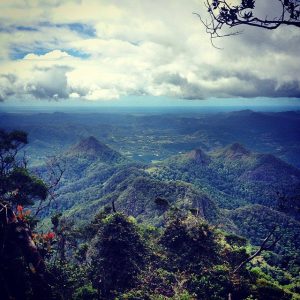What is Altitude Sickness?
Altitude sickness is commonly experienced when travellers go from a low altitude to higher altitude of 2100m (7,000 ft) above sea level. It is often described as feeling like a bad ”hangover”. The best way to prevent altitude sickness is to ascend slowly to give your body time to adjust to the changes in oxygen. Travellers should not push past their limits. Mild symptoms can resolve once the traveller has been acclimatized to the altitude.
What are the symptoms?
Symptoms for altitude sickness vary from mild to severe and can include: severe headache, loss of appetite, nausea, vomiting, dizziness, fatigue and insomnia. There is the possibility of severe and fatal symptoms as the sickness can affect your lungs and brain.
The largest concern for travellers to high altitudes is hypoxia (not being able to get enough oxygen) due to decreased air pressure, low humidity and cold.
Sex, Age and fitness level do not appear to play a role in who will get altitude sickness. There is very little data available to determine the effect of high altitude on young children. Pregnant Women should avoid high altitudes due to limitations on medical care and the possible effects on lowered oxygen in high altitudes on the fetus.
Common high-altitude destinations include:
Cuzco (11,000 ft; 3,300 m), Peru
La Paz (12,000 ft; 3,640 m), Bolivia
Lhasa (12,100 ft; 3,650 m) , Tibet
Kilimanjaro (19,341ft; 5,895 m), Tanzania
Is there any prevention/treatment for altitude sickness?
It is important to be informed before you travel. Altitude sickness can be very serious and you should be aware of the warning signs, and look out for other travellers in your group. Seek travel health advice 4-6 weeks prior to departure for more information.
There are prescriptions available to help prevent altitude sickness. Please seek travel health care advice to learn about prevention and treatment.
Other prevention methods include:
*Spend a night at a medium altitude before going to higher altitude
*Having flexibility in your schedule so you can rest if symptoms develop is important.
*If you fly to a high altitude, get plenty of rest for a couple days after you arrive
*Stay hydrated and warm
*Avoid sedatives, aspirin, and alcohol and do not over exert yourself
*If symptoms develop do not go higher until symptoms disappear.
For more information please visit:
http://ismm.org/index.php/home.html


